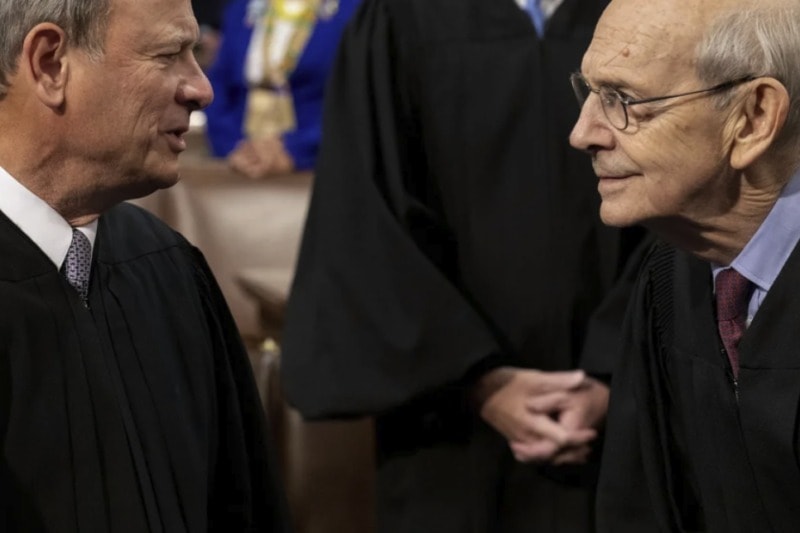
On Wednesday, the Supreme Court issued a 5–4 shadow docket order reviving a Trump-era ruling that radically limited the ability of states and tribes to restrict projects, like pipelines, that will damage the environment. With their decision, the majority upended decades of settled law recognizing states’ authority to protect their own waters without bothering to issue a single sentence of reasoning.
Just two days earlier, Justice Amy Coney Barrett once again declared that the Supreme Court is not political during a speech at the Ronald Reagan Presidential Library Foundation. Americans concerned that a particular ruling was “purely results-driven,” she said, should “read the opinion.” A close reading, Barrett asserted, would help the public decide if the ruling is “designed to impose the policy preferences of the majority” or an honest effort to “determine what the Constitution and precedent requires.”
But those upset by Wednesday’s decision, which strayed so far from all known law that even Chief Justice John Roberts was driven to dissent, cannot “read the opinion”—because there is none. […]












Because for FIFTY YEARS, what states and tribes have been granted -the freedom to choose environmentally regarding water, and subsequently energy -with documented reasons why those decisions have been made -are now just decided by a stacked house, because Republicans and energy companies are entrenched in profit making with each other! Sounds just like the BIG LIE EVIDENCE we now have, with texts from Donald Trump Jr. to Mark Meadows discussing overturning the election, WHILE VOTES WERE BEING COUNTED! Because their desperate attempt at maintaining power and control for profit, is more important than the freedom of the American people, to choose for themselves.